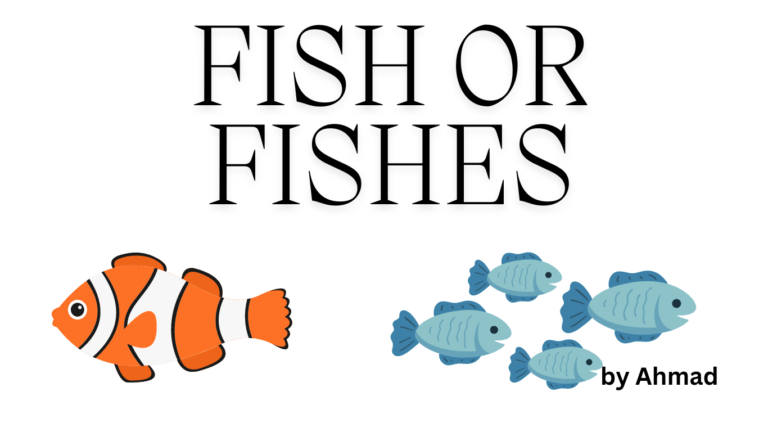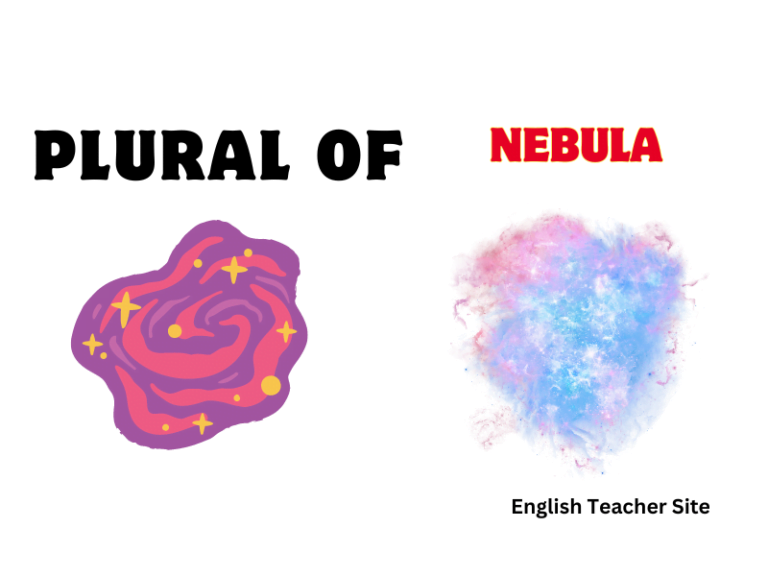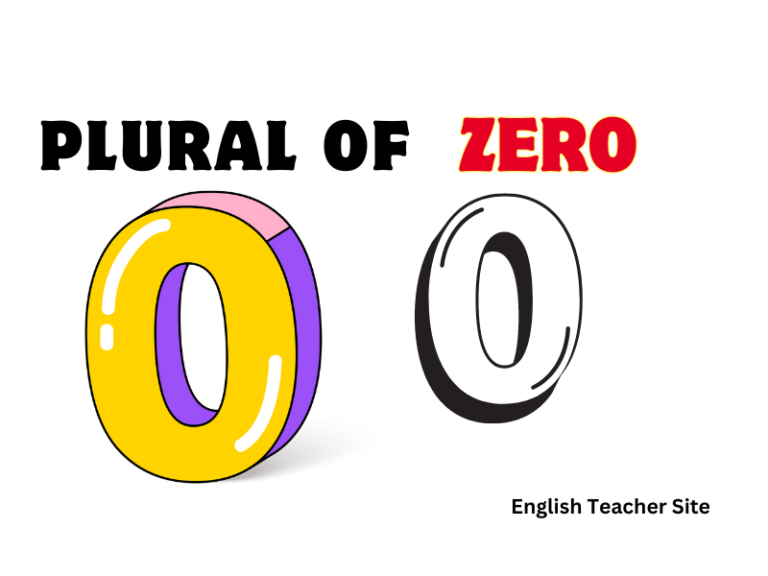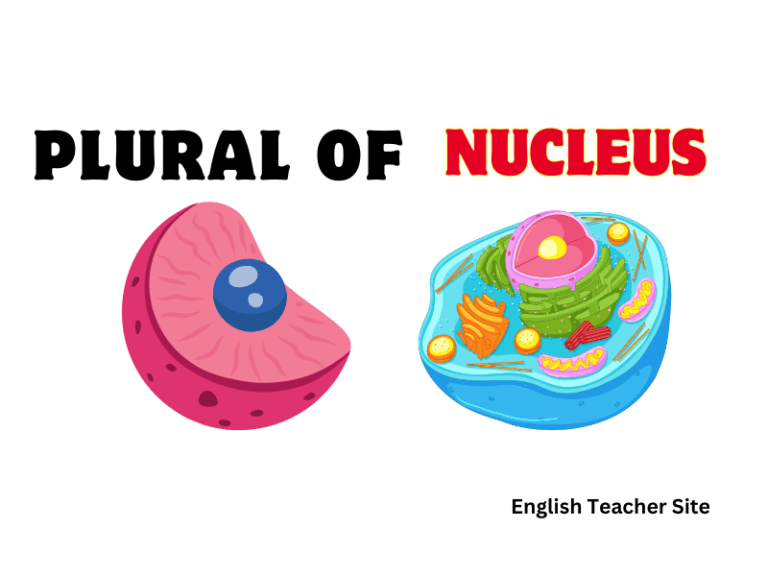What’s the Plural of Scarf: Unraveling the Correct Form
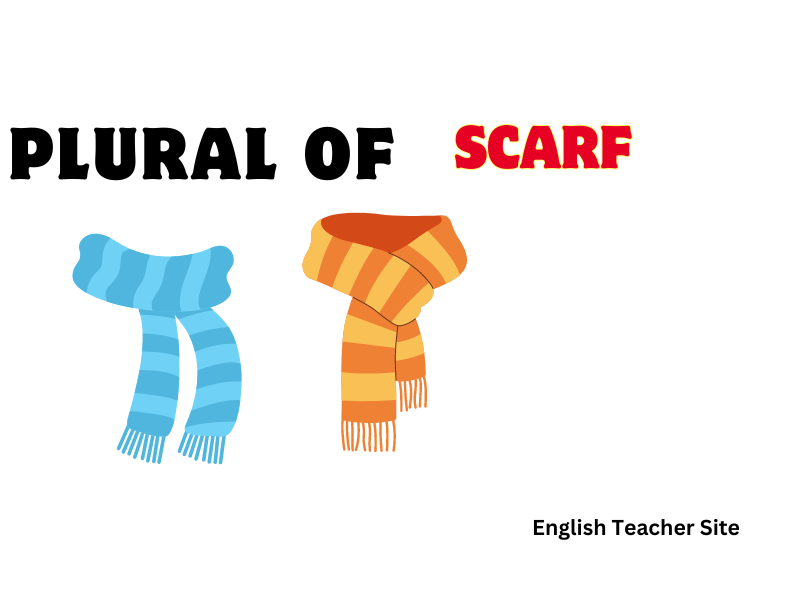
- Both “scarfs” and “scarves” are correct plural forms of “scarf.”
- “Scarves” is now more commonly used than “scarfs.”
- Pronunciation differs between “scarfs” (with an F sound) and “scarves” (with a V sound).
The usage of “scarfs” vs. “scarves” as the plural form of “scarf” has varied over time. Historically, “scarfs” was the more prevalent form, but today “scarves” is more commonly used. The pronunciation of these plurals also differs, with “scarfs” retaining the F sound before the S, whereas “scarves” alters the F to a V sound, followed by a Z-like S. Knowing which form to use can depend on the style guide or the preference for traditional versus modern usage.
What’s the Plural of “Scarf”?
Scarfs is the less common plural form, but it maintains the original “f” sound:
- Pronunciation: /skarfs/
- Usage: He laid out several colorful scarfs for sale.
Whereas scarves is now the more prevalent form, changing the “f” to a “v” sound:
- Pronunciation: /skarvz/
- Usage: She loves collecting vintage scarves.
The difference in usage and popularity of these plurals can be examined through these two tables:
Historical Usage
| Plural Form | Pre-20th Century Usage | 20th Century Onward |
|---|---|---|
| Scarfs | More common | Less common |
| Scarves | Less common | More common |
Pronunciation Guide
| Plural Form | Pronunciation | Phonetic Symbol |
|---|---|---|
| Scarfs | Ends with “fs” | /skarfs/ |
| Scarves | Ends with “ves” | /skarvz/ |
What’s the Singular of “Scarf”?
The singular form of the word addressing a single piece of fabric worn around the neck or head for warmth, style, or religious reasons is “scarf.” This term has a straightforward singular construction, which is essential in distinguishing one scarf from multiple. Let’s explore the singular form, “scarf,” in greater detail.
Origin and Usage
| Term | Origin/Etymology |
|---|---|
| Scarf | Derived from Old French escarpe |
The singular term “scarf” is rooted in historical language development and retains its singular form when referring to just one.
Singular Pronunciation
| Term | Pronunciation |
|---|---|
| Scarf | /skärf/ |
When discussing the singular “scarf,” one’s pronunciation focuses on the single item. It’s important for learners to grasp that though spelling remains constant, pronunciation is key in articulating the singular form.
- Correct Usage in a Sentence:
- She draped a silk scarf around her shoulders.
- He folded the scarf and placed it in the drawer.
Defining “Scarf”
A scarf is a piece of fabric worn around the neck, head, or shoulders, often for warmth, cleanliness, fashion, or religious reasons. The term originates from the Latin word ‘scorpus,’ which signifies a sweat cloth, and over time it evolved into what we now commonly recognize as a scarf.
Materials and Use:
- Wool: Typically used for warmth in colder climates.
- Silk: Often associated with fashion and less about warmth.
- Cotton: A versatile material that can provide both comfort and style.
Types of Scarves:
- Rectangular scarf: Also known as a long scarf, it is the most common shape.
- Square scarf: Also known as a bandana, these are folded into a triangle and worn around the neck or head.
- Infinity scarf: A closed loop of fabric that can be worn in a variety of styles.
Scarves come in an array of colors, patterns, and textures, making them suitable for different occasions, from casual to formal events.
Plurals of Scarf:
| Singular | Plural Alternative 1 | Plural Alternative 2 |
|---|---|---|
| scarf | scarves | scarfs |
Examples in Sentences:
- She draped a silk scarf around her shoulders.
- He grabbed several woolen scarves before heading out into the cold.
- The collection includes an array of colorful scarfs to choose from.
Irregular Plural Nouns That End in -f/fe and –ves
| Singular | Plural |
|---|---|
| scarf | scarves/scarfs |
| knife | knives |
| wife | wives |
| leaf | leaves |
| life | lives |
There are exceptions to these rules, creating a challenge for learners. Words like “roof” and “chef” typically just add -s, becoming “roofs” and “chefs.” Here’s a quick list to highlight some of these irregular nouns alongside their regular counterparts:
Regular Plurals (add -s)
- Roof → roofs
- Chef → chefs
Irregular Plurals (change to -ves)
- Wolf → wolves
- Thief → thieves
Examples of “Scarf” Used in Context
Here are two sentences showcasing the use of “scarf” as a singular noun:
- She wrapped a vibrant red scarf around her neck to stay warm.
- He forgot his scarf at the café and had to go back to retrieve it.
Below are examples illustrating each plural form in context.
Usage of “Scarves”
| Sentence Example | Usage Context |
|---|---|
| The winter sale included a beautiful selection of scarves in various patterns and colors. | Referring to multiple scarf items for sale. |
| She donates hand-knit scarves to the homeless shelter every year. | Describing the act of giving more than one scarf. |
Usage of “Scarfs”
| Sentence Example | Usage Context |
|---|---|
| During the play, the actors wore costumes with matching scarfs. | Referring to multiple scarf items in a theatrical setting. |
| He dries off using two beach scarfs after a swim. | Describing the use of more than one scarf for drying. |
In literature and everyday communication, these plural forms can be found:
- Scarves are often associated with fashion, so you might read about characters in novels choosing scarves to complement their outfits.
- Weather reports may recommend wearing warm scarfs to protect against the cold.
Examples of “Scarves/Scarfs” Used in Context
Let’s look at their use in context.
| Context | Scarves | Scarfs |
|---|---|---|
| Describing a collection | She arranged her colorful scarves neatly. | He packed assorted silk scarfs for the trip. |
| Referring to items for sale | The market stall had an array of handmade scarves. | The shop displayed various knitted scarfs on the shelf. |
In literature and everyday speech, “scarves” is commonly used:
- The dancers wore scarves around their necks.
- The cold wind prompted them to wrap scarves tightly.
Similarly, the alternate plural “scarfs”:
- His collection included numerous football scarfs.
- The children made paper scarfs in art class.
Synonyms for “Scarf/Scarves”
Tables of Synonyms Based on Usage:
| For Warmth | For Fashion |
|---|---|
| Shawl | Bandana |
| Muffler | Stole |
| Neck-warmer | Wrap |
| For Religious or Cultural Practice | Specific Types |
|---|---|
| Hijab (primarily Muslim) | Snood |
| Tichel (primarily Jewish) | Boa |
| Veil (various contexts) | Cravat (historically male) |
These synonyms are often derived from cultural, regional, or historical contexts. For instance:
- A shawl typically refers to a larger piece of fabric and can be wrapped around the shoulders.
- Mufflers are closely associated with heavy knits for cold weather.
- Bandanas are more casual and often made of lighter materials.
- Shawl: a larger piece, wrapped around the shoulders.
- Stole: lightweight, often decorative, can signify luxury.
- Wrap: a broad term that generally refers to any piece that can be “wrapped” around the body.
Neck-warmers often refer to a knitted item that is specifically designed to be snug around the neck for warmth, not usually draped.
Origin of the Word “Scarf”
The word scarf has a rich history reflected in its etymology and usage changes over time. The origin of the term traces back to its roots in the 16th century.
Etymological Background
Derived from the Old French word escarpe, which later evolved into the Middle English skarfe, the term initially referred to a satchel or purse. Over time, the definition of scarf shifted away from its association with bags and towards its familiar contemporary meaning, signifying a piece of fabric worn for warmth or style.
Transition to Modern Usage
Interestingly, the plural form of scarf underwent significant changes. A table illustrating the shift from the old to modern pluralization is as follows:
| Century | Plural Form | Prevalence |
|---|---|---|
| 16th | Scarfs | Initial Usage |
| 18th | Scarves | Became Predominant (on the model of half/halves) |
The adjustment from scarfs to scarves in the early 18th century reflected a broader pattern in English where nouns ending in -f or -fe frequently changed to -ves in their plural forms.
Pronunciation
- The singular form ‘scarf’ pronounces the ending with a clear ‘f’ sound.
- The plural ‘scarves’ ends in a ‘v’ sound followed by ‘s’ that resembles a ‘z’.
The transition to scarves as the standard plural form has been influenced by both phonetic ease and consistency with similar words. Today, “scarves” is the widely accepted plural though “scarfs” remains a valid and understood alternative.
Sources
My name is Khamis Maiouf. I am the creator of the English Teacher Site, dedicated to providing valuable resources and insights for students around the world. With a passion for education and a commitment to helping students enhance their skills, I aim to make English teaching more effective and enjoyable for both educators and students.



